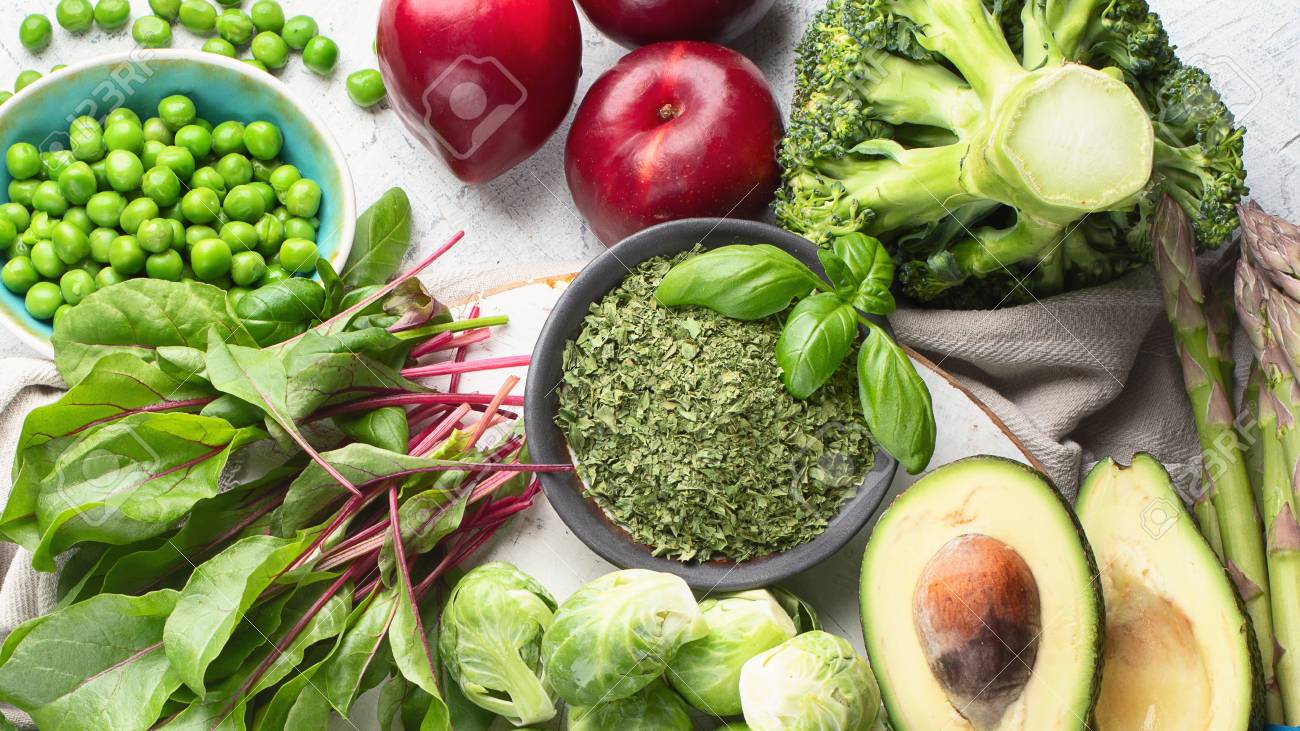Vitamin K is an essential nutrient that plays a critical role in blood clotting, bone health, and cardiovascular health. Despite its importance, many people are not aware of how to incorporate more vitamin K into their diets. This guide will walk you through everything you need to know about vitamin K, including its benefits, sources, and tips for increasing your intake through food.
Understanding Vitamin K
What is Vitamin K?
Vitamin K is a fat-soluble vitamin that exists in two main forms: vitamin K1 (phylloquinone) and vitamin K2 (menaquinone). Vitamin K1 is found primarily in plant-based foods, while vitamin K2 is found in animal-based and fermented foods. Both forms are crucial for various bodily functions.
Why is Vitamin K Important?
Vitamin K is vital for:
- Blood Clotting: It activates proteins that help in the coagulation process, preventing excessive bleeding.
- Bone Health: It aids in the regulation of calcium, promoting healthy bone mineralization and preventing osteoporosis.
- Cardiovascular Health: It helps prevent arterial calcification, reducing the risk of heart disease.
Daily Requirements for Vitamin K
The recommended daily intake of vitamin K varies by age and gender. For adults, the daily requirement is approximately 90 micrograms for women and 120 micrograms for men. These values can typically be met through a balanced diet rich in vitamin K-containing foods.
Best Food Sources of Vitamin K
Leafy Green Vegetables
Leafy greens are the most well-known sources of vitamin K1. These include:
- Kale: One of the richest sources, with 1 cup providing over 500% of the daily value.
- Spinach: Offers around 145 micrograms per cup.
- Collard Greens: Contains about 530 micrograms per cup.
- Swiss Chard: Provides roughly 300 micrograms per cup.
Cruciferous Vegetables
These vegetables also offer significant amounts of vitamin K1:
- Broccoli: Approximately 220 micrograms per cup.
- Brussels Sprouts: Around 160 micrograms per cup.
- Cabbage: About 110 micrograms per cup.
Fermented Foods
Fermented foods are excellent sources of vitamin K2, including:
- Natto: A Japanese dish made from fermented soybeans, containing over 1000 micrograms per 100 grams.
- Sauerkraut: Offers about 5 micrograms per cup.
- Kimchi: Contains around 2 micrograms per cup.
Animal Products
Animal-based sources of vitamin K2 include:
- Egg Yolks: Around 0.1 micrograms per yolk.
- Cheese: Varies by type, with Gouda and Brie being particularly high in vitamin K2.
- Liver: Beef liver provides approximately 11 micrograms per 100 grams.
Other Sources
- Herbs: Basil, parsley, and thyme are rich in vitamin K, with dried versions being particularly potent.
- Oils: Some vegetable oils, like soybean and canola oil, contain moderate amounts of vitamin K.
Tips for Increasing Vitamin K Intake
Eat More Leafy Greens
Incorporate leafy greens into your diet by:
- Salads: Add kale, spinach, or mixed greens to your salads.
- Smoothies: Blend spinach or kale into your morning smoothie.
- Soups and Stews: Add chopped greens to soups and stews.
Enjoy Fermented Foods
Fermented foods can be an easy addition:
- Natto: Try natto with rice for a traditional Japanese breakfast.
- Sauerkraut and Kimchi: Use as toppings for sandwiches, hot dogs, or as a side dish.
Include Animal Products
If you consume animal products, consider:
- Eggs: Have eggs for breakfast or add them to salads.
- Cheese: Enjoy a variety of cheeses in your meals.
- Liver: Incorporate liver into your diet occasionally for a nutrient boost.
Use Herbs and Oils
- Herbs: Sprinkle dried or fresh herbs on your dishes.
- Oils: Use vegetable oils like soybean or canola oil for cooking and dressings.
Cooking Tips to Maximize Vitamin K
Cooking Methods
- Steaming: Steaming vegetables helps retain vitamin K content better than boiling.
- Sauteing: Cooking leafy greens in a small amount of oil can help enhance the absorption of vitamin K, as it is fat-soluble.
- Raw Consumption: Eating vegetables raw in salads or smoothies can preserve their vitamin K content.
Storage Tips
- Refrigeration: Store leafy greens in the refrigerator to maintain their vitamin K levels.
- Proper Packaging: Use airtight containers or plastic bags to keep greens fresh longer.
Common FAQs About Vitamin K
What are the symptoms of vitamin K deficiency?
Symptoms of vitamin K deficiency can include easy bruising, excessive bleeding from wounds, heavy menstrual periods, and bleeding gums.
Can you get too much vitamin K?
Vitamin K toxicity is rare because the body regulates it efficiently. However, excessive intake from supplements can interfere with blood-thinning medications.
How does vitamin K interact with medications?
Vitamin K can interfere with blood-thinning medications like warfarin. It’s essential to maintain a consistent intake of vitamin K if you’re on these medications and consult your doctor.
Is vitamin K important for children?
Yes, vitamin K is crucial for children as it supports proper growth and bone development. Infants often receive a vitamin K shot at birth to prevent bleeding disorders.
Can vitamin K improve bone health?
Yes, vitamin K plays a role in bone metabolism and helps in the regulation of calcium, promoting stronger bones and reducing the risk of fractures.
Are there vegan sources of vitamin K2?
Vegan sources of vitamin K2 are limited, but natto (fermented soybeans) is a rich plant-based source. Some fermented vegetables may also contain small amounts.
How can I increase my vitamin K intake if I don’t like leafy greens?
If you don’t like leafy greens, you can increase your vitamin K intake through fermented foods, herbs, and oils. Consider incorporating small amounts into dishes where the taste is less pronounced.
Is vitamin K good for heart health?
Yes, vitamin K helps prevent arterial calcification, which can reduce the risk of heart disease. Ensuring adequate intake is beneficial for cardiovascular health.
Can cooking destroy vitamin K?
Vitamin K is relatively stable during cooking, but methods like boiling can cause some loss. Steaming or eating vegetables raw can help preserve their vitamin K content.
How do I know if I’m getting enough vitamin K?
A balanced diet that includes a variety of vegetables, fermented foods, and animal products typically provides sufficient vitamin K. Blood tests can determine vitamin K levels if there are concerns about deficiency.
Conclusion
Getting more vitamin K from food is straightforward once you know which foods are rich in this essential nutrient. By incorporating leafy greens, cruciferous vegetables, fermented foods, and certain animal products into your diet, you can easily meet your daily vitamin K needs. Remember to use proper cooking and storage methods to maximize vitamin K content in your foods. If you have specific health conditions or are on medications, consult your healthcare provider to tailor your vitamin K intake accordingly. Enjoy a varied and balanced diet to support your overall health and well-being.
- Light Eyes Ultra – Dark Circles Treatment Near West Horsley, Surrey - May 31, 2025
- Will 1ml Jaw Filler Make A Difference? - May 30, 2025
- Kratom Capsules For Enhanced Mood And Energy Boost - May 30, 2025


